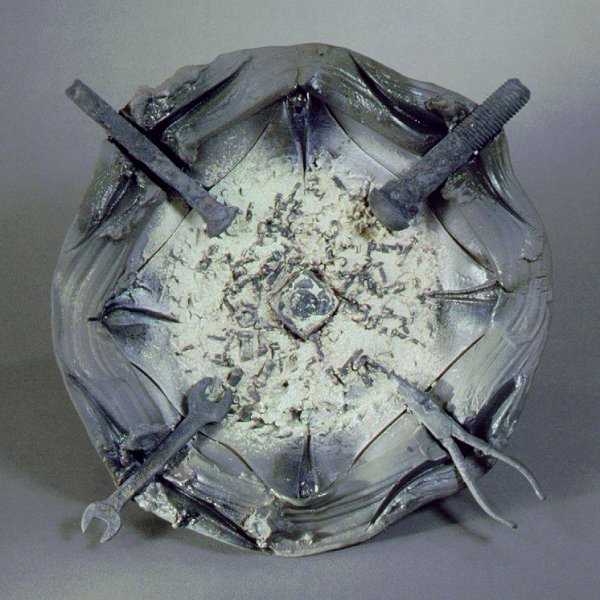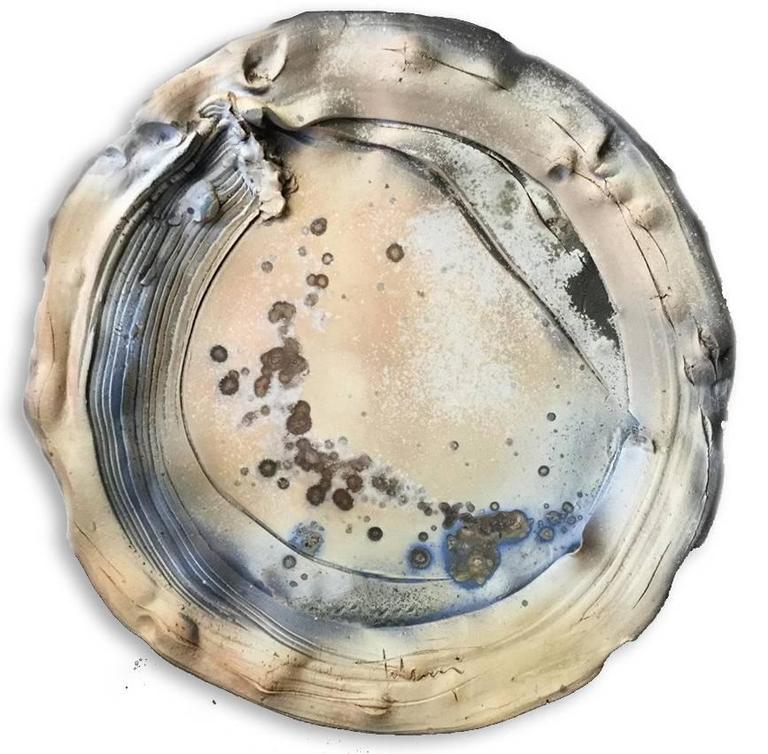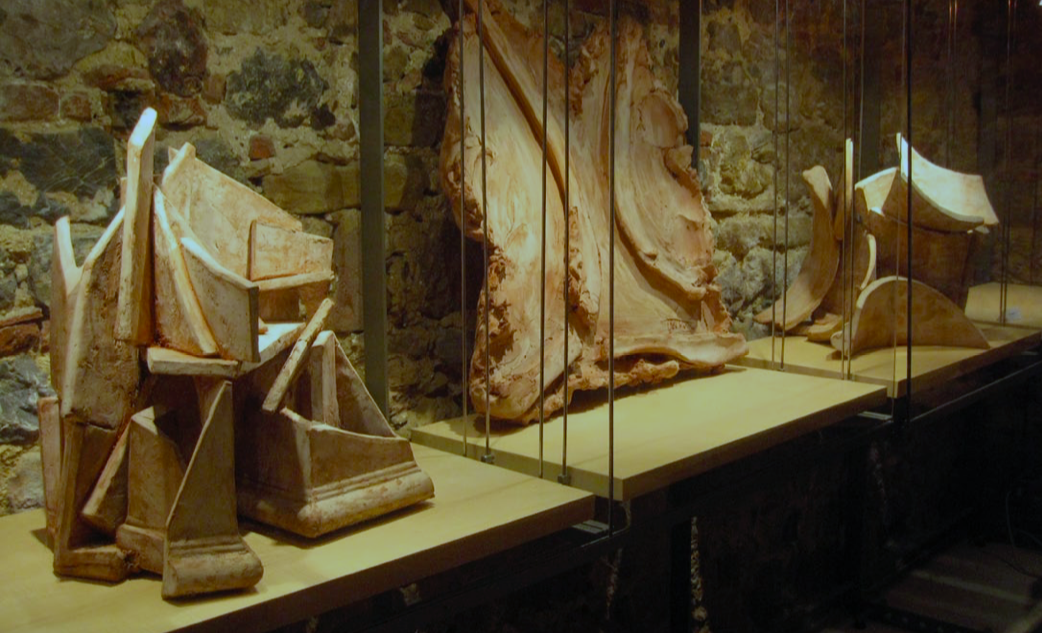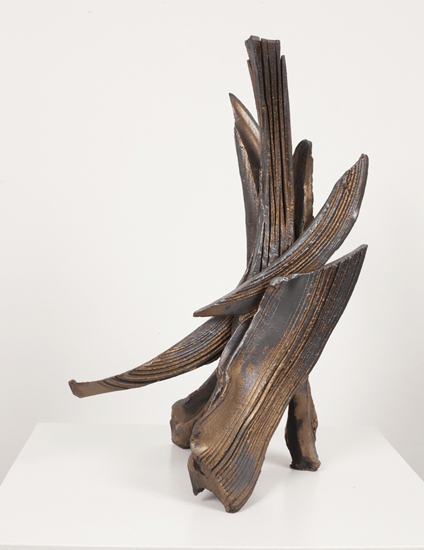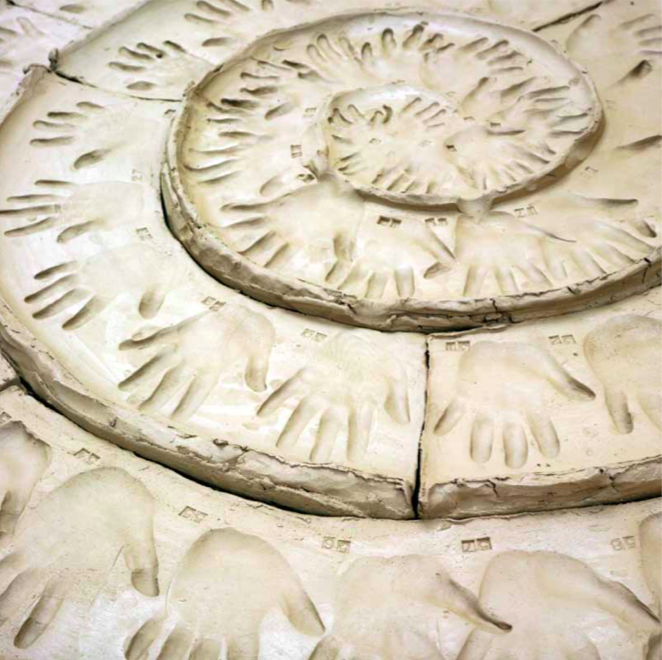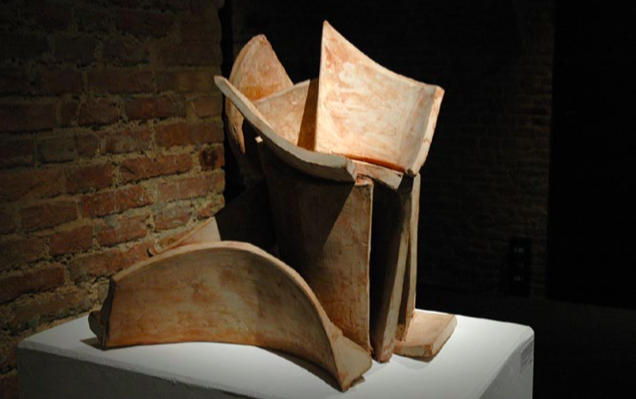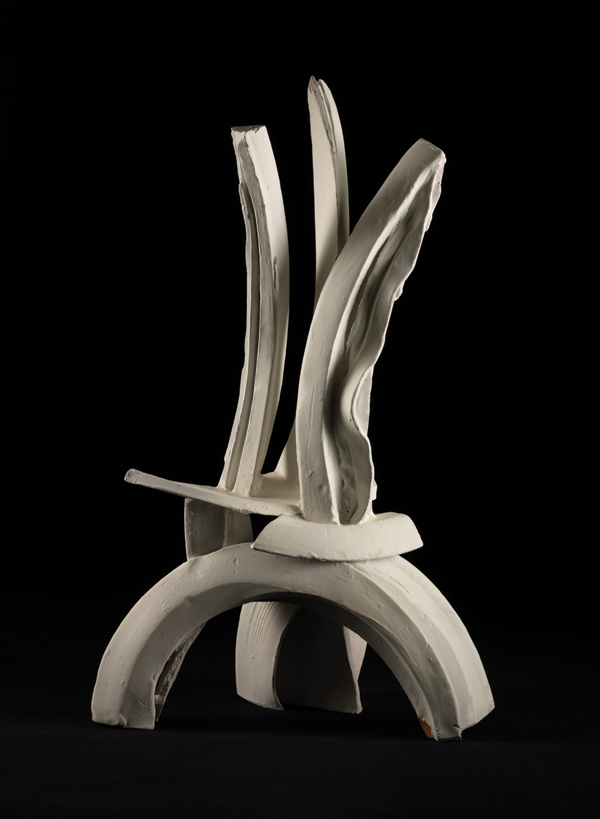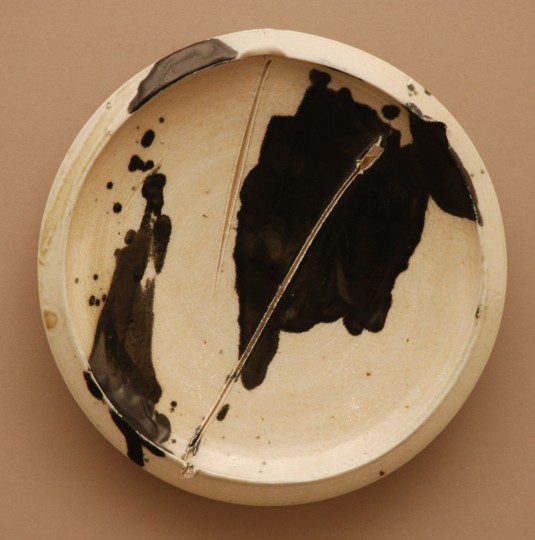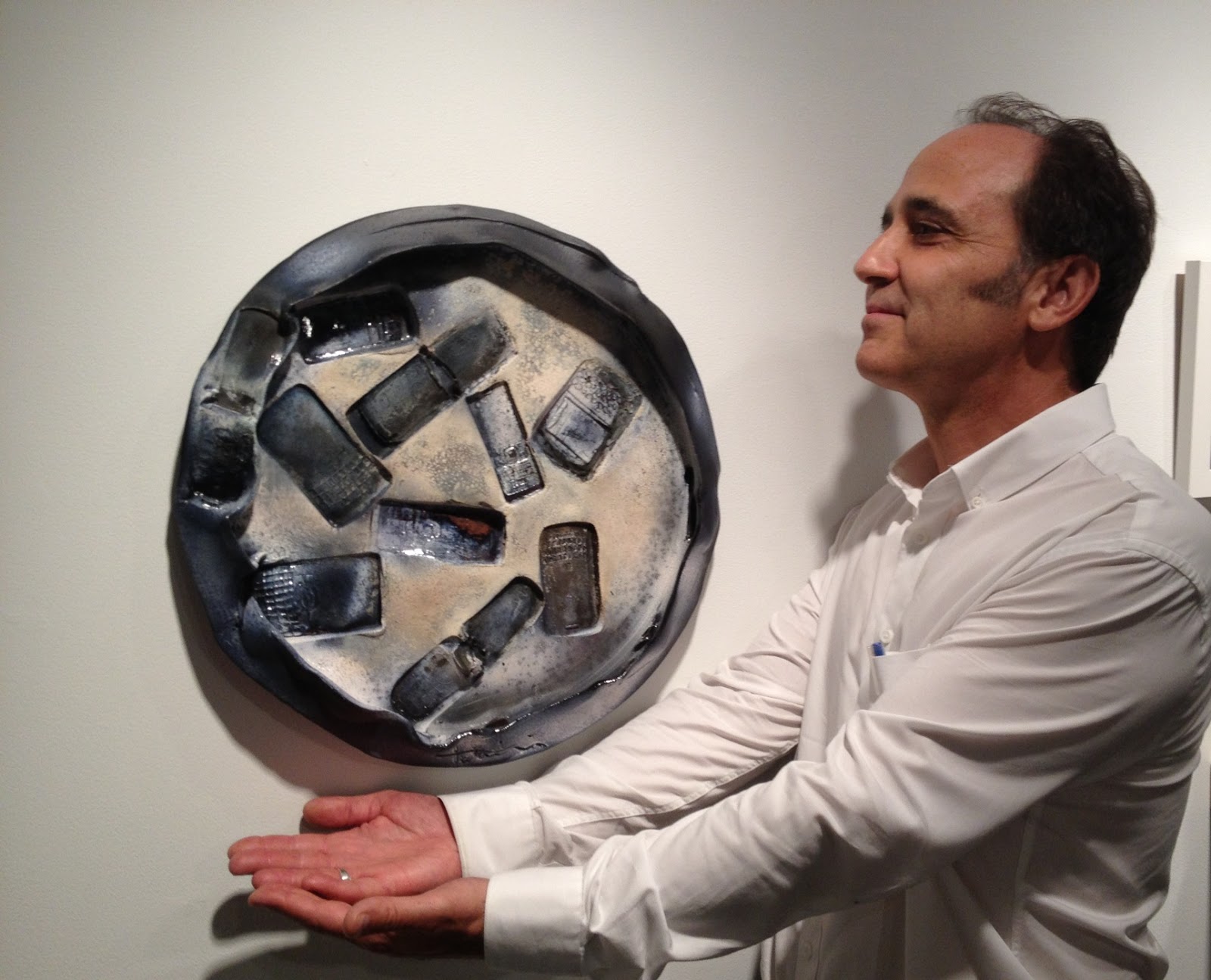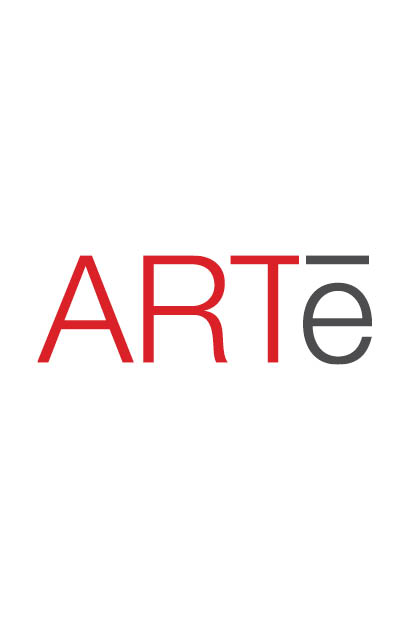Neil Tetkowski • American (b: 1955)
Glacial Talon C: 1996 • Earthenware 47" x 25" x 8"
The son of “adventurous art academics” grew up differently than other suburban kids. By the age of 10, Neil Tetkowski had visited museums and medieval cities throughout Europe holding his parents hands as they established the study-abroad program for the State University of New York. While his friends on Grand Island, near Buffalo, played Little League, Neil darted among the terra cotta buildings of Siena, Italy, playing with an entirely different set of friends. The two worlds were distinct and covered in different shades of summer dust. “The burnt sienna colors of the Tuscan landscape were deeply impressed in my mind,” remembers Neil. Back home on Grand Island, the dirt was darker, the landscape greener. A boy who saw so many different cultures while growing up, saw fewer boundaries as he grew into a mature ceramic sculptor.
In 2001, Neil sat in his Manhattan apartment. He had left a comfortable life on Grand Island to surround himself with people who viewed his odd cultural experiences as normal. His mind was active and he had grown fond of big ideas. To him, clay was a metaphor for the earth and he thought about mixing clays from two warring nations to create “something with resonance.”
Quickly the idea elevated to mixing clays from all the countries in the world to make a grand, symbolic statement. And, at that point, the importance of a good wife became obvious. “That’s a great idea. Why don’t you take it to the U.N.?” she offered.
(story continues below break)
INTERESTING STORIES FROM OUR SPONSORS
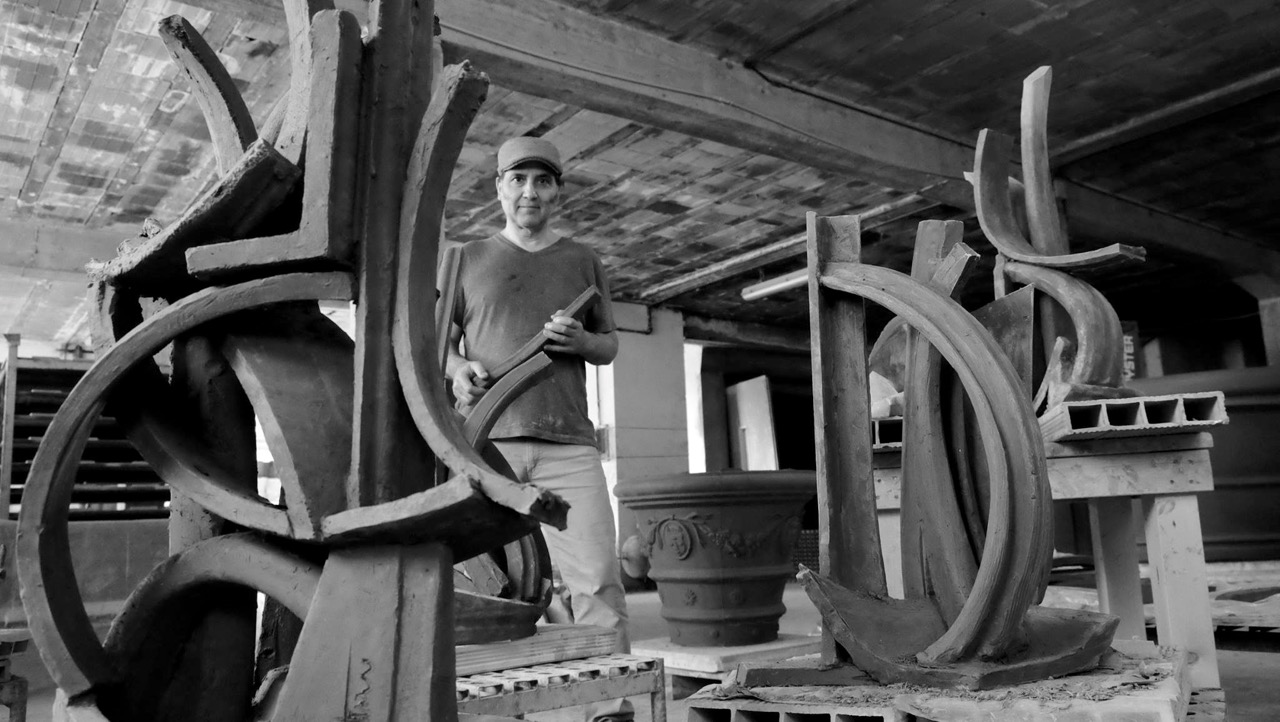
Five years later, his magnificent sculpture, Common Ground, went on display at the U.N. Tetkowski had formed the Common Ground Project. Then he poked and prodded the bureaucratic veil surrounding the U.N. to find people with the willingness and influence to make his dream reality.
Once he earned the U.N. endorsement and a grant from the Ford Foundation, he organized a global team to gather clays from every nation. Mixing the clays together, he created a terra cotta disc placed delicately atop a polished stainless steel globe. It was as though the earth had been sliced open, exposing the common ground beneath all the cultures of the world.
The young boy whose hands played in the red clay of Italy met the child who played with the dark black earth of upstate New York, and found they, indeed, had common ground.
Canton Museum of Art Permanent Collection • Gift of Bill & Liz Hunt, 2009.4
4 Ways to Sound Smart When Viewing at The Canton Museum of Art
1.
“By the age of 10 he had visited museums and cities throughout Europe, so became more interested in art than Little League. A tough choice in upstate New York.”
2.
“He views clay as a metaphor for the Earth, and uses it to make statements about the unity of humans everywhere. Dust to dust, as they say.”
3.
“Is it any surprise that a man with such a culturally diverse background ended up creating a breathtaking sculpture displayed at the U.N., celebrating the commonalities of all mankind?”
4.
“His sculpture ‘Common Ground’ was created from clays gathered from all the nations of the world. And, no, you can’t buy those kind of materials at Wal-Mart.”
Tetkowski Timeline. Scroll over images to see timeline.
